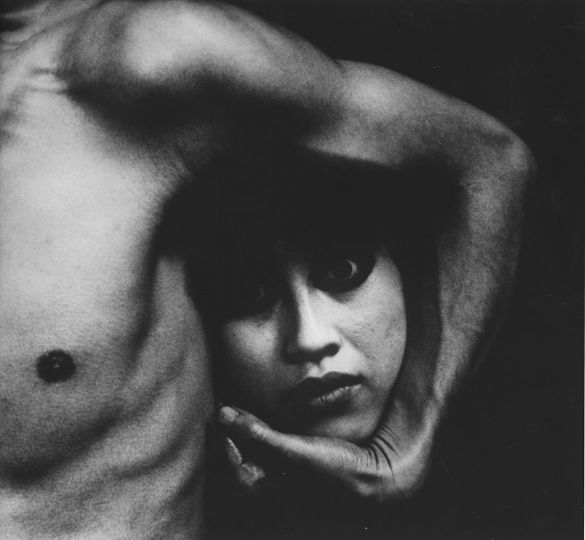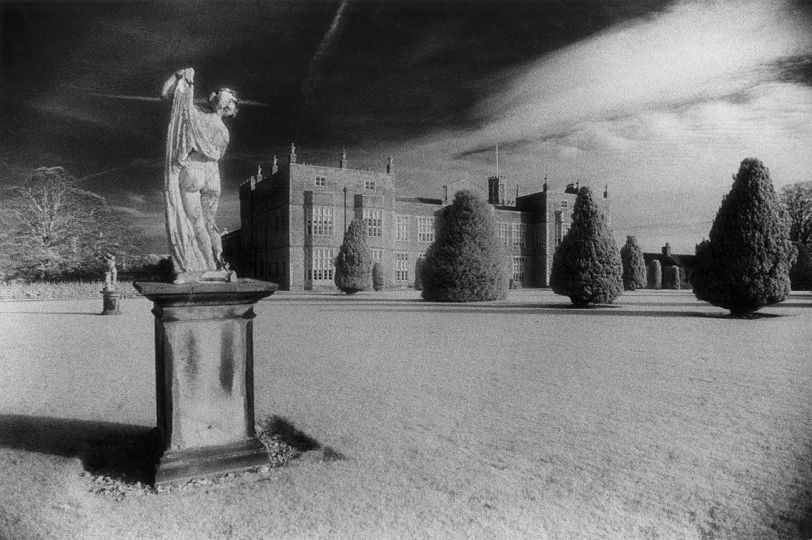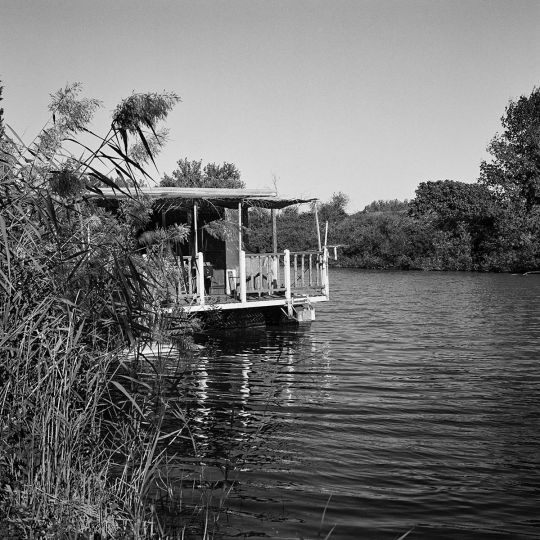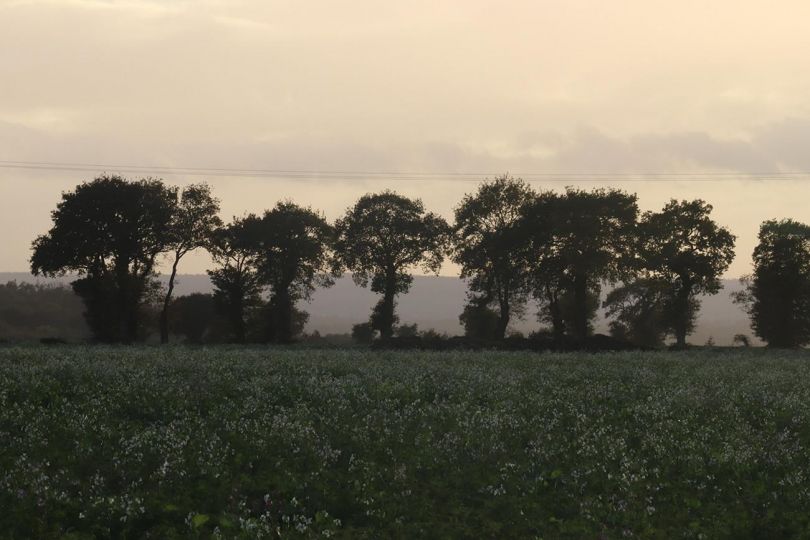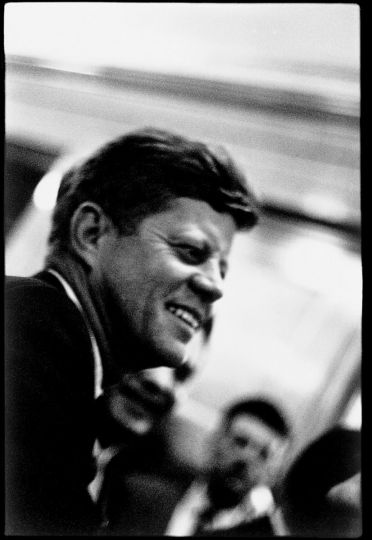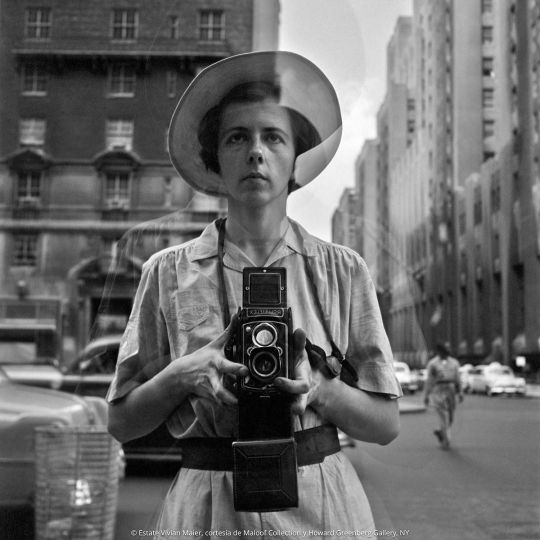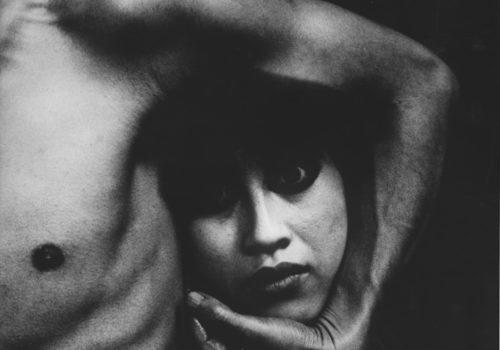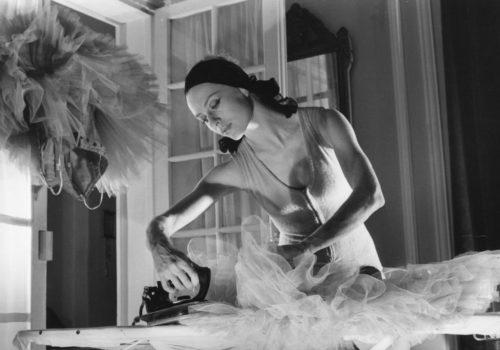The Swiss National Office of Tourism commemorates its centennial through photography. Rather than commissioning artwork or giving Swiss photographers carte blanche, however, the organization called on foreign professionals. It asked Fotostiftung Schweiz in Winthertur and the Musée de l’Elysée in Lausanne to select five well-known artists who may or may not know the country. The two institutions have also coordinated the project and organized an exhibition which, first shown in Winthertur, has just opened in Lausanne.
The choice of medium was self-evident: for a century and a half, photography has shaped the image, as well as the imagery, of the Swiss identity. The National Office of Tourism has always taken advantage of photography to promote the wonders of the Alpine landscape and Swiss traditions and heritage. It has allowed such professional photographers as Albert Steiner (1877–1965) and Herbert Matter (1907–1984) to contribute their technical craftsmanship and creative modernity to identity building.
Resorting to foreign eyes was an attempt to set aside the insider’s view and renew a self-perpetuating imagery. It’s as if Walter Benjamin’s concept of “mechanical reproduction” were applied to the repetition of the same which characterizes the union of tourism and photography. We invariably encounter the same old Matterhorn, same old Pilatus, same old Château Chillon, same old Chapel Bridge in Lucerne.
Upon visiting the Musée de l’Élysée exhibition, it is hard to decide whether this national point of view has undergone a profound renewal. The task may have been doomed to fail from the start: Switzerland has been photographed from all possible angles and by all sorts of talents, from the most conventional to the most innovative.
The five guest photographers nevertheless managed to shake up the Helvetian cliché, explore it, subvert it, and rejuvenate it. The American Shane Lavalette drew inspiration from the visual quest of Theo Frey (1908–1997). The Zurich photojournalist documented everyday life in a dozen or so villages for the Swiss National Exhibition of 1939. Shane Lavalette returned to the same locations to identify the visual constants (such as a local smoking a pipe) and to measure the radical developments. This is a great way of experiencing the passage of time, in particular insofar as it transforms our perception of photographs from a given era.
The Anglo-Mexican Alinka Echeverria was interested in Swiss teenagers, and immersed herself in the country’s multiculturalism and multilingualism, their relation to the national narrative, their doubts and hopes. Thanks to these young people, the artist broke out of the confines of identity exercise, spicing it with a good dose of poetry, for instance in her portraits of a young woman named Neige who bathes in the river every summer.
The German Eva Leitolf focused on the borders, capturing the country from the periphery. It is impossible to tell on which side of the border the photographer was positioned and thus whether one is looking at Switzerland or a foreign country. This uncertainty raises additional questions about the boundaries of this landlocked island, whether it is entering Europe or coming out of it, and about the future fate of the very borders.
The Chinese Zhang Xiao had never been to Switzerland before. He decided to follow the course of the river Rhine, duplicating the itinerary he had traveled along the Chinese seaboard, while observing, often mischievously, a country diametrically different from his own.
Lastly, the British Simon Roberts explored the most popular tourist attractions in Switzerland to create a mise-en-abime by photographing travelers as they take their selfies or by framing sublime landscapes from panoramic viewpoints designed precisely for this very purpose. It is worth recalling here that it was a British subject, James Cook, who came up with the idea of organizing the first tour in the history of tourism. And that the journey, undertaken in 1863, had Switzerland as its destination.
Simon Roberts also points out that these scenic observation points feed into a cycle of representation that endlessly turns round its own axis, participating in sanctification of the sites in question by dint of repetitive images. In other words, representation always precedes presentation, the prerecorded mental image comes before the recording: to the point that there is no longer any room for presentation or recording. In short, in tourism, everything has already been said. But to say it again the way Simon Roberts does, is an eye-opener!
Luc Debraine
Luc Debraine is a culture and society journalist. He lives and works in Lausanne, Switzerland.
Unfamiliar Familiarities: Outside Views on Switzerland
October 25, 2017 to January 7, 2018
Musée de l’Elysée
18 avenue de l’Elysée
1014 Lausanne
Suisse
Catalog published by Fotostiftung Schweiz/Musée de l’Élysée/Lars Müller Publishers


